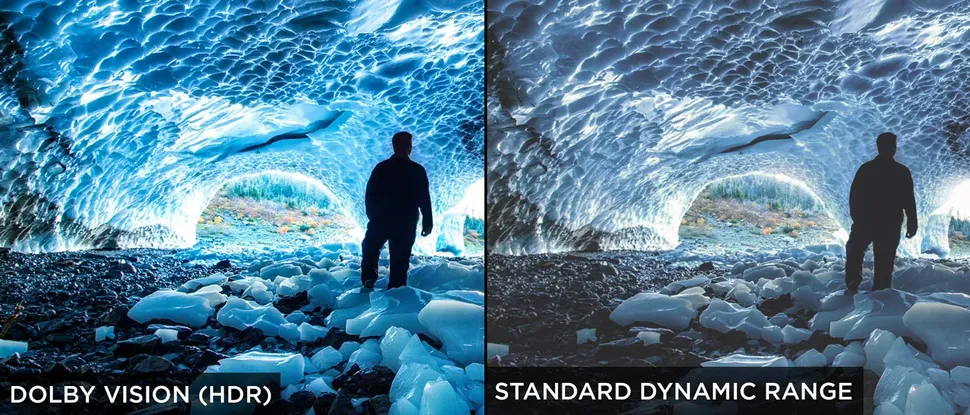4. HDR: Get it if you want the most colors

HDR is a relatively new feature of 4K Ultra HD sets and it stands for high dynamic range, a reference to its ability to deliver more colors, more contrast levels, and increased brightness. HDR is essentially an upgrade of the 4K, or Ultra HD, format (it is not applicable to 1080p HD sets). For this new feature, TV makers are christening new monikers for the sets to distinguish them from standard 4K Ultra HD TVs.

The basic standard for high-dynamic range content is called HDR10, as set forth by the UHD Alliance, an industry trade group. Dozens of companies are supporting this basic minimum specification for HDR compatibility, so you will see “HDR10” or “Ultra HD Premium” on compatible TVs. Every HDR TV will support HDR10 at the very least.
Dolby Vision is a more demanding version of HDR, created and licensed by the folks that brought us Dolby noise reduction and surround sound. It includes dynamic metadata that adjusts the HDR effect on a frame-by-frame basis, so the results are much more accurate and impressive. So far, Dolby Vision has led the industry in terms of proprietary HDR formats and can be found on premium models from most brands (including LG, Sony, TCL, and Vizio).
Samsung has introduced its own premium HDR format, called HDR10+, for all of its smart TVs. It works in a similar way to Dolby Vision, so offers a great viewing experience, but it’s far less common than Dolby Vision.
In terms of content, Dolby Vision has much more content out there that you can take advantage of if your TV supports it. Netflix offers a wide range of Dolby Vision content, while Amazon Prime Video’s offering of HDR10+ content is smaller, but growing slowly.
Similarly, Dolby Vision is more widely supported on UHD Blu-rays at the moment but there are more HDR10+ UHD Blu-rays becoming available.
Ultimately, think about where you are most likely to watch content and ensure your TV of choice supports that format – and your Blu-ray player too. Some support both formats to really future-proof you but do check first.
Finally, cable and satellite have their own form of HDR, called Hybrid-Log Gamma (HLG), so you should start seeing HDR pop up now and then for movies and even live TV.
Bottom Line: If you’re buying a 4K TV, you’ll want to get a TV with HDR support to make the most of its picture. If you want the best, buy an HDR set that is compatible with Dolby Vision. That is the format that offers the most content right now.
